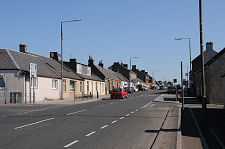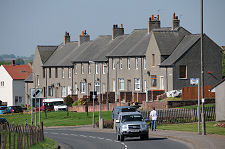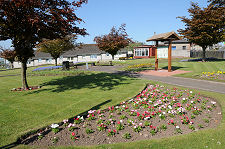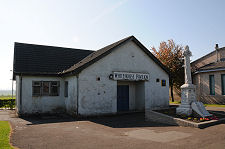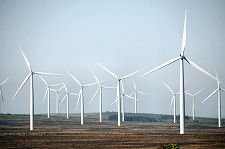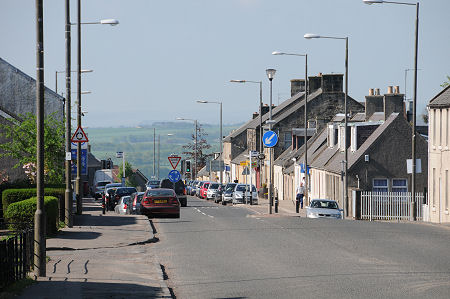 Main Street, Looking South-West |
The village of Forth can be found on the A706 in South Lanarkshire, some 7 miles north-east of Lanark and 11 miles south-west of Livingston. The village stands at a height of nearly 1,000ft and when combined with the surrounding area has a population of abut 3,500.
As you drive through Forth it is easy to wonder how such a substantial village came to develop in such an apparently remote upland location. The answer is very far from obvious because today almost nothing remains of the industry whose workers the village housing was built to accommodate and which once dominated the local economy: coal mining. Forth lies on the south-eastern side of a coalfield whose workings and waste once overshadowed the landscape of a swathe of central Scotland from the edge of Glasgow to West Lothian and north to Stirling and Fife.
Although there is little to show for it today, Forth's origins go back at least as far as 1600, when the twin settlements of East and West Forth were recorded. West Forth remains on modern maps at the west end of the village, but East Forth disappeared in about 1600 when the local landowner John Wilson renamed it Wilsontown. Wilsontown stands half a mile north-east of Forth. In 1779 three of John Wilson's descendents, Robert, John and William Wilson, began the construction of the Wilsontown Ironworks, which became the second coke-fired ironworks in Scotland, and the first ironworks in Lanarkshire.
At its height in the early 1800s Wilsontown had grown to accommodate 2,000 people. However the ironworks closed in 1842 because of wider economic factors and its inability to compete with other works already connected to the railway. Ironically, the Wilsontown, Morningside and Coltness Railway, which would have resolved the problem, was already being built, but its opening in 1845 came too late.
The railway, which also passed to the north of Forth, did have the effect of greatly assisting another industry. Coal mining had been under way around Forth and Wilsontown at least as far back as 1700, and was a key reason why it was possible to establish a coke-fired ironworks at Wilsontown. Wilsontown itself became one focus of the mining in the area, with another developing to the north and north-west of Forth. By 1947 two pits remained in operation. Wilsontown, which had started production in 1898 employed over 350 men, while Kingshill 2, north-west of Forth, employed nearly 700. Wilstontown Pit closed in 1955 and Kingshill 2 closed in 1965.
Extensive afforestation subsequently took place around Wilsontown and around Kingshill, while remaining coal reserves were extracted by means of large scale open cast mining near Climpy, north of Forth. When the coal here ran out the landscape was restored to moorland and wetland, and the site became home to the 42 turbines of the Black Law Windfarm, arguably the third generation of energy production on the site after deep mining and opencast mining.
Windfarms add greatly to the interest and beauty of some landscapes, but bring only relatively few jobs compared with mining. As a result Forth has had to look further for employment and economic activity. Today the village retains signs of the economic decline of the last half century, but also manages to support a fairly good range of shops and services, including a sports centre.
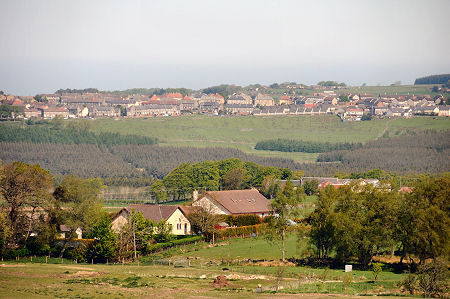 Distant View of Forth From the South |
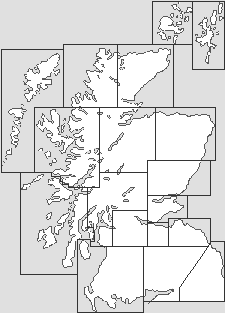
|
|
|
Visitor InformationView Location on MapWhat3Words Location: ///strict.finishers.airstrip |
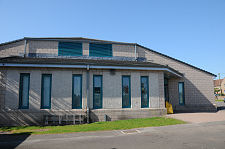 Sports Centre |
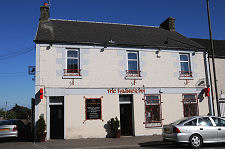 The Talisker Inn |
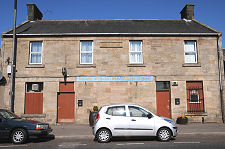 Masonic Lodge |
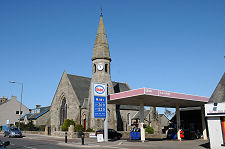 Church and Garage |
 Supermarket |
